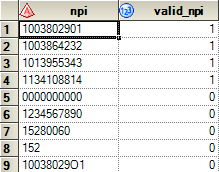
Independent contractor. Two very simple words that have a dramatic impact on businesses, workers, and government programs. While most people have a basic understanding of the term, they often have very little understanding of the laws governing it, which vary significantly program by program and state by state. This has


































